There are few companies with a story as exciting as Vertex’s. In 1912, Claude Lyons — a bright, ingenious businessman who had been working in the watch trade since he was 17-year-old — established the Dreadnaught Watch Company. Building on a stellar reputation, as well as a £1,000 loan from his father-in-law, the brand ticked into existence, and grew to be as strong and reliable as the warships for which it was named.
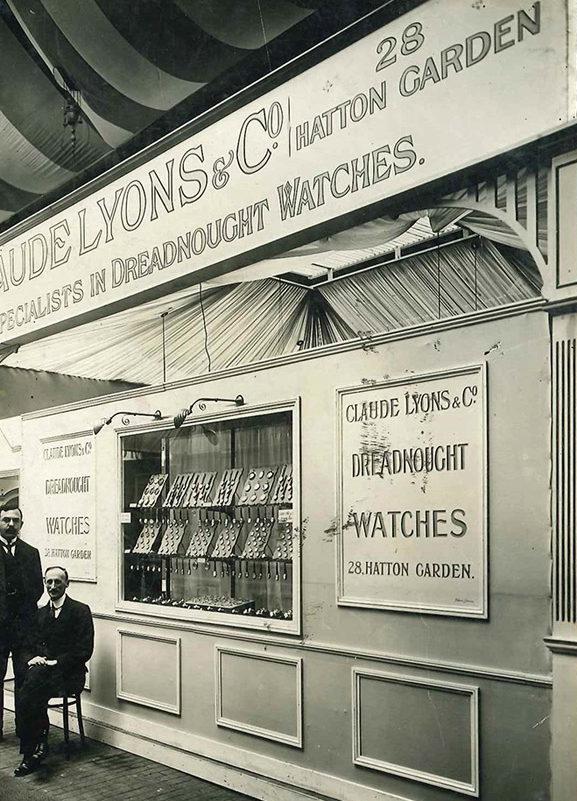
Within a year, Dreadnaught was going great guns. Lyons had paid back his father-in-law and the company was swiftly gaining an ardent following — specialising in Swiss movements re-cased in Britain. By 1915, Dreadnaught was producing watches for the British Military for the war effort and, just one year later, Vertex was born.
But the story doesn’t end there. The Vertex we know and rely upon today is a completely different entity yet again. So, to outline the busy history and enthralling evolution of this heritage brand, we’ll hand over to Don Cochrane — Lyon’s great-grandson and the man keeping things ticking along today.
How did Vertex first spring onto the scene?
After starting the Dreadnaught Watch Company during World War I, Cochrane’s great-grandfather founded Vertex in 1926. Vertex went on to supply the war office during the remainder of the war, and then produced many civilian watches after that.
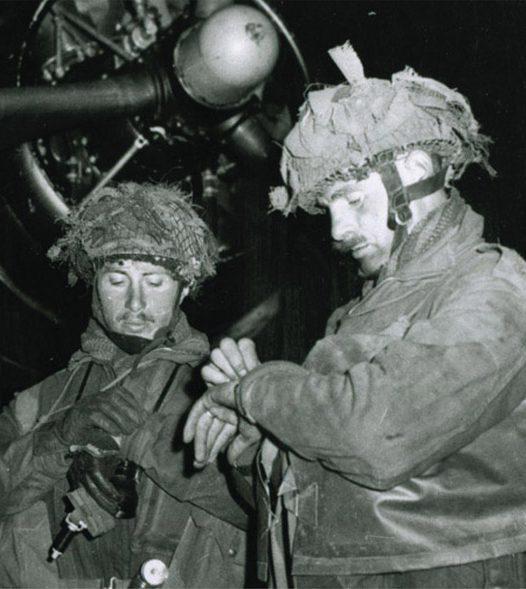

“The demand, at that time, was for wristlets for ladies and pocket watches for gentlemen,” says Cochrane. “But the next war was set to change many things for Vertex — and indeed for watches in general. World War II was all about synchronised chronological warfare, and robust accurate wristwatches soon became essential.
“Vertex was quick to take up the call to supply. The biggest change, at that time, was that watches were now being put on the wrists of normal people — who were suddenly depending on them to make life-changing, definitive decisions.”
When did Vertex return?
Throughout World War II, after the British military laid out its precise and exacting requirements for a military grade watch, Vertex became one of the ‘Dirty Dozen’ manufacturers — sitting alongside brands from Omega to IWC. After the war ended, the brand began work on an mono-pusher ordnance timing watch — but it was never produced due to post-war rationing.
This was the beginning of the end for Vertex. Despite becoming the exclusive British importer of Thommen manufactured watches, creating the famous Vertex Clock at Hatton Garden, and trying its hand at launching a range of unique sports and diving watches in 1960, the company was closed by Lyon’s son-in-law, Henry, in 1972.
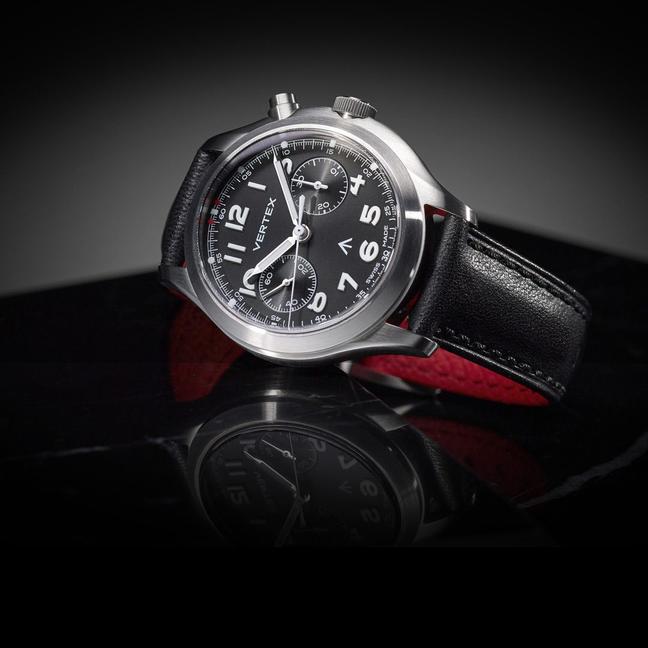
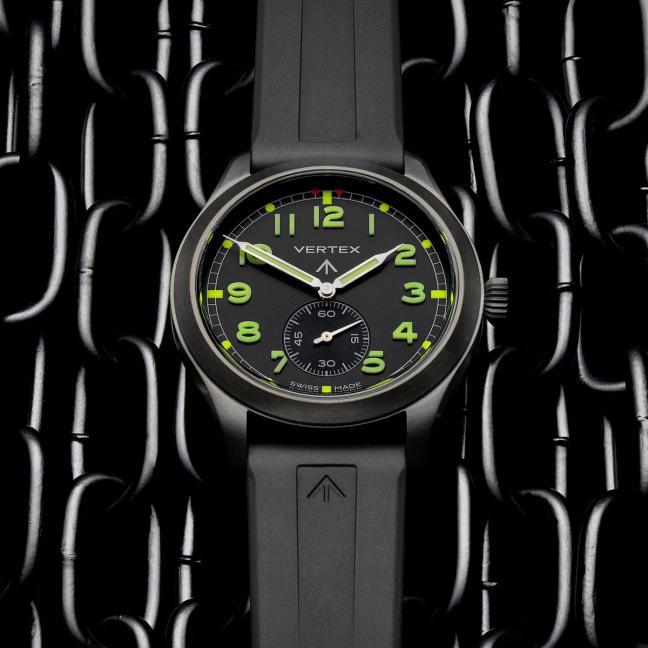

But, in 2015, Cochrane re-incorporated the storied Vertex name.
“The return of Vertex was mainly due to the death of my 99-year-old grandmother,” he tells us. “We were very close, and I decided that there was no better way to honour her life than to bring back her father’s company. I had always worked with brands, from F1 to Aston Martin and Tesla, so I figured that I had many of the tools I needed. I spent a little of our savings to buy back the trademark and then just put my head down.”
How does the modern brand pay homage to the Vertex of old?

In 2016, Vertex announced their first new watch for 45 years: the M100. Based on the cal59 from the World War II era, the watch is true to the design of the time — and incredibly hard to come by.
“The World War II piece that the M100 pays homage to,” begins Cochrane, “truly did some awesome things — and so it carries with it a narrative and integrity you simply can’t simulate. Those watches were strapped onto the wrists of soldiers, dropped out of planes and landed on beaches. They liberated Europe and took Berlin. I have always been captivated by the story.”
And the purchasing process for the M100 is extremely selective. You can only purchase the watch via referral, or if you’re a member of the Armed Forces yourself. Gentleman’s Journal are also thrilled to exclusively offer our readers the timepiece. But why did Cochrane decide not to make the M100 available to the general public?
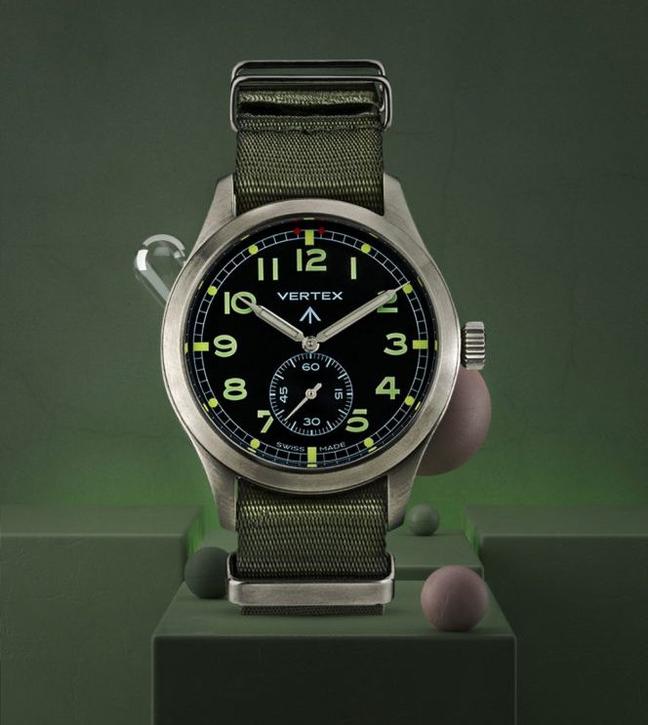
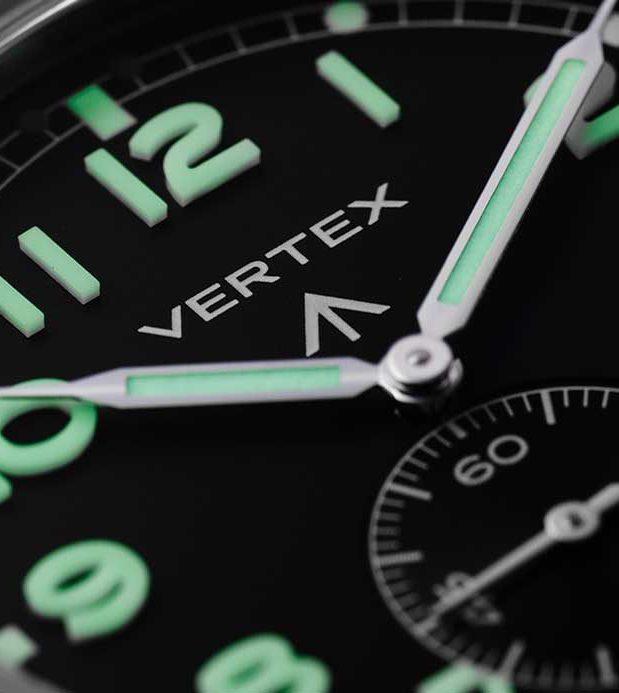
“At the start,” he says, “I wanted to create a brand that was of importance to our customers not for reasons of wealth. Instead, I wanted to honour those that serve and those who have served and, outside of that, create a like-minded group of people. You shouldn’t wear what you wear as a statement of your wealth.”
So, with Vertex boasting such a storied past, what is in store for the future? “We have lots of plans,” reveals Cochrane. “We are very lucky to have the history we do, because it gives Vertex a certain authority to tell our stories again and again. However, there are watches I want to make that won’t be references to the past — and those of the ones I’m most excited about…”
Want to learn more about the M100? Here’s why it’s our favourite military-inspired watch…

Become a Gentleman’s Journal Member?
Like the Gentleman’s Journal? Why not join the Clubhouse, a special kind of private club where members receive offers and experiences from hand-picked, premium brands. You will also receive invites to exclusive events, the quarterly print magazine delivered directly to your door and your own membership card.


